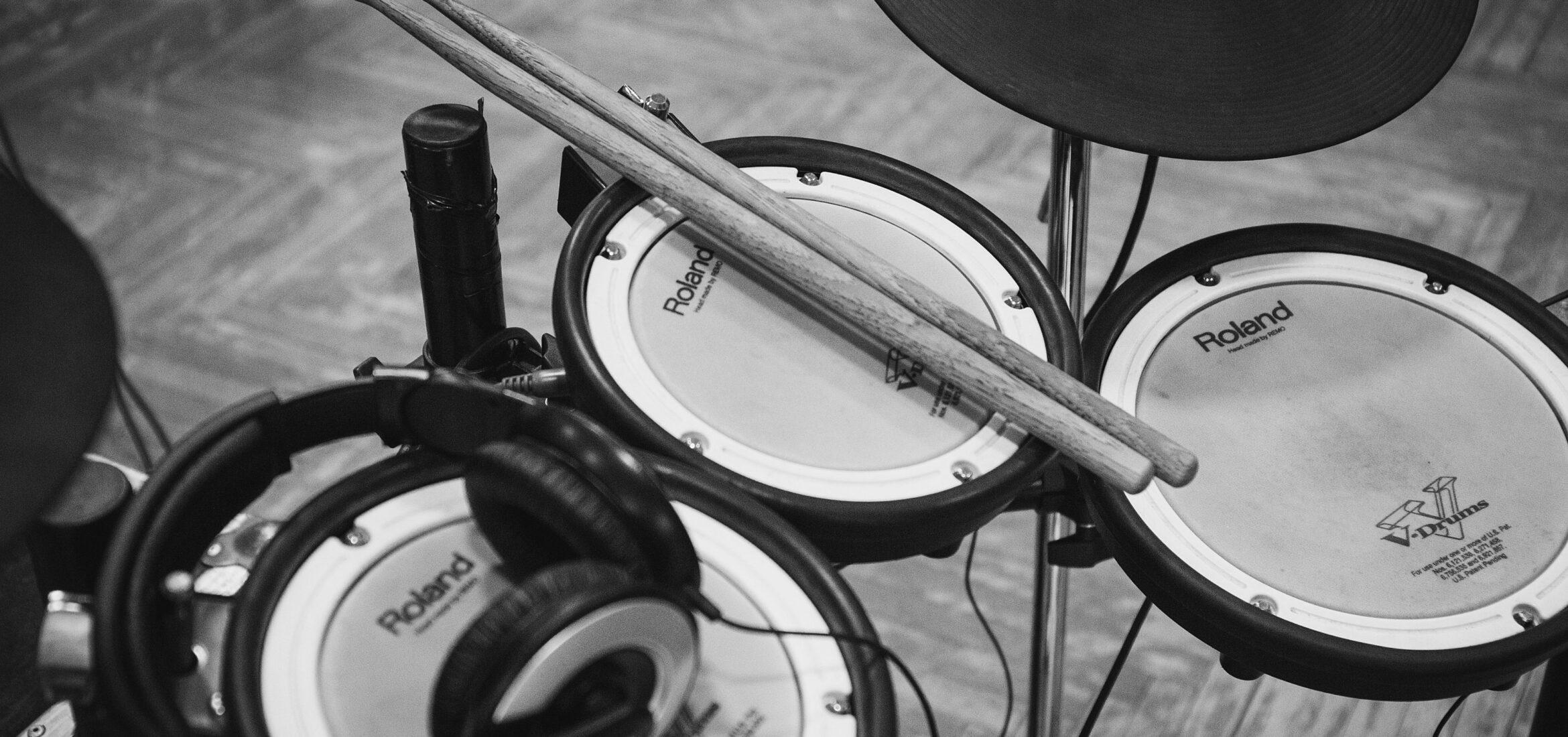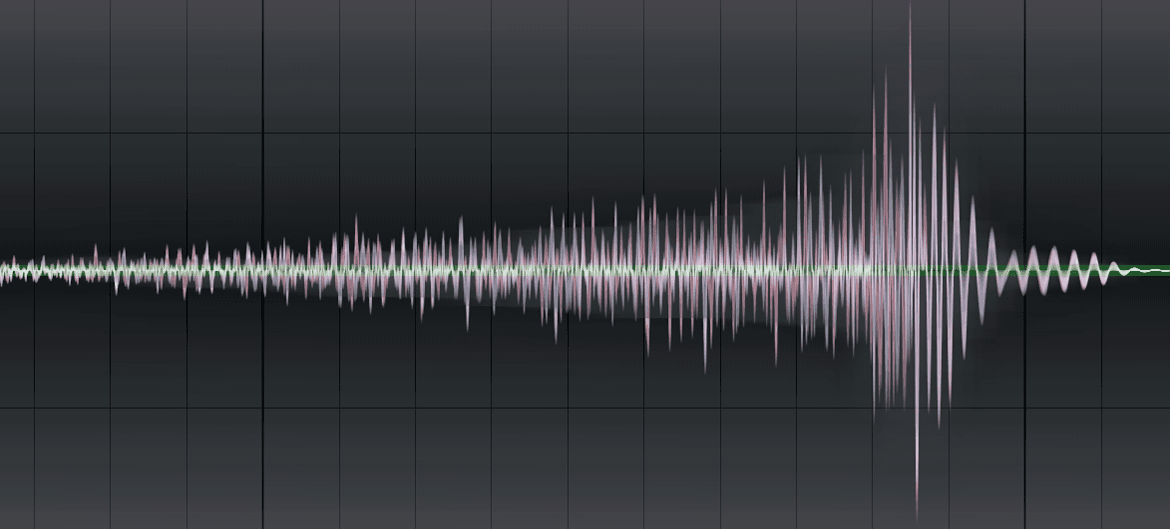Taking the plunge into music production is a trepidatious step. Musician friends and bloggers often overcomplicate things by bombarding you with music production tips and advice based on their own preferences or whatever hardware and software they are familiar with, which quickly becomes overwhelming.
If you are just starting out on a tight budget, you don’t have to hire a recording studio and professional producer. These 8 music production tips for beginners will help you take those first steps to begin laying down tracks with confidence while keeping costs to a minimum with a home studio setup.
Table of Contents
- Tip 1. Keep Your Music Production Simple
- Tip 2. Make your Recordings as Clean as Possible
- Tip 4. Learn about Frequency Ranges of Different Instruments
- Tip 5. Think of your Music Production as a 3D Painting
- Tip 6. Don’t be Afraid of Hard Panning
- Tip 7. There are no Rules on Which Music Production Software to Use
- Tip 8. You don’t Have to Buy Expensive Production Hardware
- Conclusion: Do What’s Best for Your Music
Tip 1. Keep Your Music Production Simple
Good music production is built on simple, solid foundations, not necessarily costly equipment. Produce your songs like you’d build a house; laying down tracks one at a time from the ground up.
Resist the urge to rush. Plan the steps you’ll take to record and refine tracks one by one before audio mixing. Don’t add fiddly bits and effects on the fly, as you risk overcomplicating things and getting lost in a cacophony of noise.
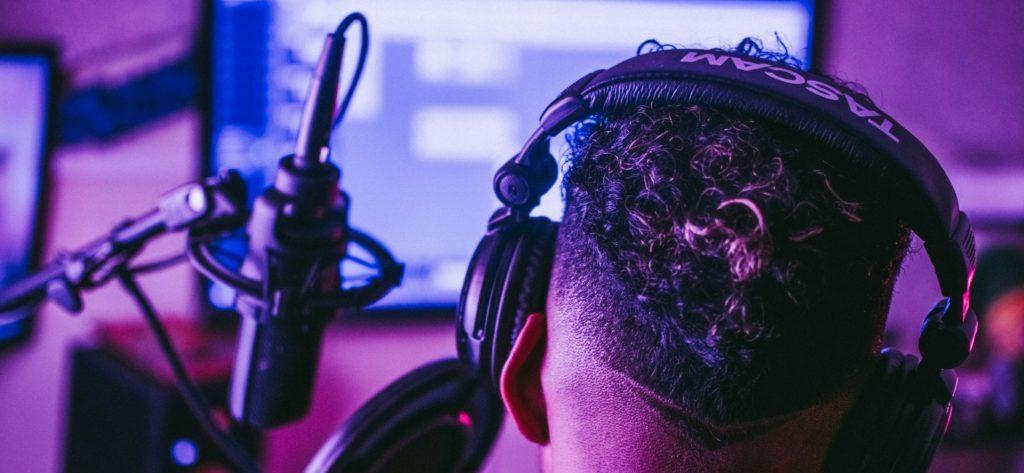
Tip 2. Make your Recordings as Clean as Possible
Music production isn’t about fixing recordings in the mix. Muddy, noisy, or distorted tracks can be challenging to correct, if not impossible, do everything within your power to make recordings as clean as possible by using the best microphone for vocals and instruments. Worry about effects and nuances later, which you can easily add if you have a clean track to start with.
Prevent unwanted noise
You’re on your umpteenth attempt at recording a track and finally getting through it without your voice faltering or your fingers fumbling. You know you’ve got it down this time… Then your phone rings.
Turning off your phone is an obvious but easily forgotten precaution. Also, tell others in the house not to disturb you and make sure machinery such as fans and air conditioners aren’t polluting your recordings with background noise.
Improvise Soundproofing
Create a studio environment where outside sounds are kept out and the sounds in the room are absorbed by soundproofing. Professional studios use acoustic foam to absorb sound and prevent it from bouncing around the room. Curtains, carpets, furniture, pillows and even cardboard are all cheap alternatives to acoustic foam for your home studio.
Use a pop filter
Always use a pop filter in front of the microphone when recording vocals to avoid plosives and popping sounds. If you don’t have a pop filter, you can make your own using cloth or other materials that prevent air from hitting the mic with too much force. You can even cut up a car washing sponge to muffle the mic.
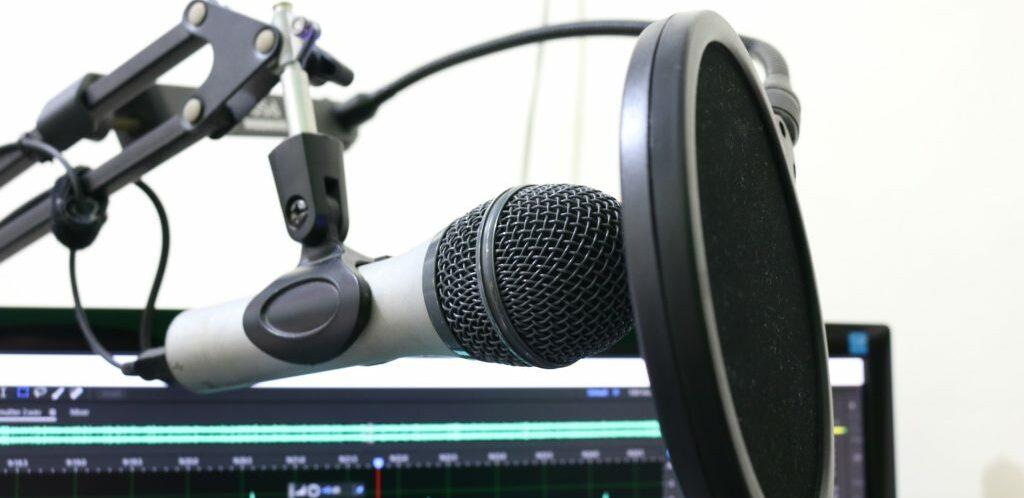
Tip 4. Learn about Frequency Ranges of Different Instruments
When recording different instruments you should know about their frequency ranges so you can eliminate unwanted high and low frequencies beyond the instrument’s range by using an equalizer interface (EQ) to produce tracks with natural clarity.
This is one of the only music production tips where we suggest adding effects while recording. Putting the signal through an equalizer while recording allows you to isolate the instrument’s frequency and cut out unwanted higher or lower frequencies beyond the instrument’s range. For example, when recording guitars, cut off frequencies below 80 Hz. When recording vocals, cut out frequencies below 120 Hz.
Here’s an overview of EQ band ranges to improve the sound of various instruments:
Under 50 Hz
You should use a low-cut filter in the EQ in the final mix to eliminate all noise below 50 Hz, which is pretty much below the human hearing range. If left in, those inaudible low frequencies will muddy the mix.
50-60 Hz
Give kick drum and bass lines a solid thump by boosting the EQ in the 50-60 Hz range – ideal for reggae, dub and dubstep songs. Overdo it and you’ll get flapping speakers but too little and you won’t get the weight or depth of a solid baseline.
100-200 Hz
Add richness to percussion and give snare drums a punch by boosting the 100-200 EQ band. You can also use this band to flesh out other instrument tracks and give them some boom. Cutting in this range makes the sound thinner.
200-500 Hz
Tweak this EQ band to give warmth and weight to vocals, guitars, and piano. Too much boost makes the sound muddy or congested. Too little makes them sound colder and thinner.
500-1000 Hz
You can give body and tone to a wide variety of instruments with this broad mid-range frequency band. It’s a tricky area as too much of a boost can sound hollow and too much cutting can result in a harsh sound.
2 kHz
Use this EQ band to add clarity and edge to guitars and vocals. You can also use positive EQ of 2kHz in post-production to sharpen the mix. Be careful though. Go too high and you’ll hurt your ears. Too low and the sound becomes muffled or muted.
5-10 kHz
Add clarity and vitality to top-end instruments, especially to dull-sounding snare drums. Boosting too much can make it sound scratchy though.
16 kHz
This band is at the upper end of our hearing range. Use it to add air and sparkle to tracks. Too much of a boost will make sounds too high to hear and you’ll lose the instruments’ natural high-end frequencies. Too little and you can stifle the sound.
Tip 5. Think of your Music Production as a 3D Painting
Just as an artist adds depth to a painting on a 2D canvas with shade and perspective, add depth to your song or music by aiming for a full spectrum of frequencies in the final production. Boost high frequencies at the top end and flesh out low frequencies at the bottom by using delay and reverb plugins on some tracks to make them sound roomier. Reverb plugins can also then be used as a handy technique for music transitions to move your music forward and create that fuller canvas.
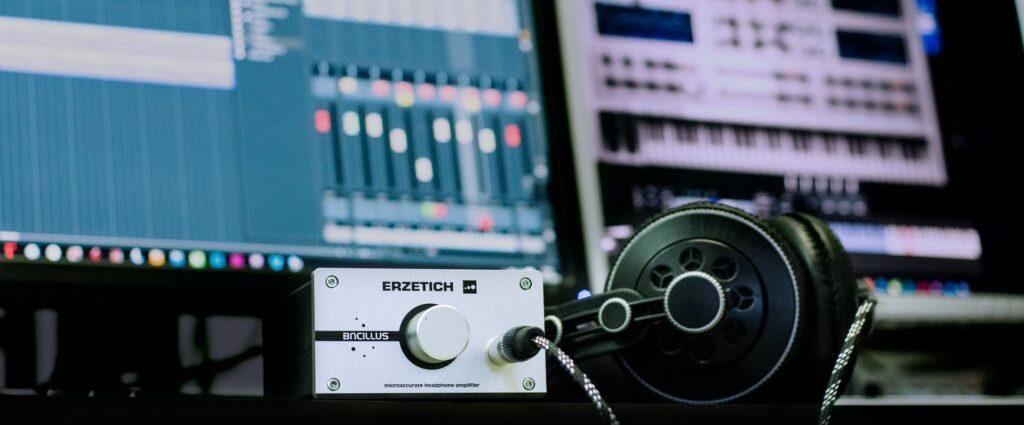
Tip 6. Don’t be Afraid of Hard Panning
Among these music production tips, this is the simplest but most effective way to make sure the listener can distinguish the sounds of different instruments. Assuming that your production is in stereo, hard panning a track means you’ll only hear that track in one speaker. It’s a neat production trick you can use to separate two similar-sounding instruments so they can both be heard clearly.
For example, if you have two guitars and one is playing a riff, then pan that track hard left and pan the other guitar hard right. As long as the song is played in stereo you’ll get a satisfactory distinction between the two guitars. Of course, this means that if the song is played on a system that doesn’t support stereo then it will not matter, but that’s not a reason not to hard pan.
Tip 7. There are no Rules on Which Music Production Software to Use
Someone you know might be a whizz on Cubase and they’ll refuse to use anything else but that’s usually because they have only ever used Cubase and aren’t familiar with other software.
There is so much choice of music production software out there. Don’t get bogged down in the quagmire of options. Just stick with what you’re familiar with or is accessible to you as these days you don’t need fancy hardware you can just use mobile apps for music production.
If you haven’t used any production software before then start with an entry-level program such as FL Studio (Fruity Loops) or Ableton, which are absolutely fine for most production needs and won’t cost you an arm and a leg. Their interfaces are easy to use and you’ll be knocking out tracks in no time without too many headaches. If you then want to experience more technical software, it is possible to purchase used audio software at a more affordable price online.
Again, keeping it simple is what counts when it comes to your choice of software. Cubase, Pro Tools, and Logic Pro are professional tools. If you want to use them, you have to know what you are doing otherwise you could mess up your production.
Tip 8. You don’t Have to Buy Expensive Production Hardware
You don’t have to spend truckloads of cash on the latest high-tech hardware to create a quality production. Audio tech has come on leaps and bounds over the past decade so even a relatively cheap microphone setup (under £200) will do an adequate job but you do need something a little better than your average webcam or headphone mic. Take a look at headphone tips too, to ensure you are making the most out of yours.
If you already have a mic lying around, use it. Don’t worry about whether it’s a dynamic, condenser or ribbon mic. You can use creative recording techniques to ensure you are getting the most out of it. If you do need to buy one, the sE X1 S Vocal Pack with a shock mount and pop filter is a nice starter bundle but you’ll also need to put it through a preamp or mixer. Blue Yeti mics are an equally affordable option. They have a built-in preamp and plug directly into a computer with a USB connection.

Conclusion: Do What’s Best for Your Music
Whatever music you produce, you’ll be aiming for a certain sound, and you are the best judge of that. These music production tips are the fundamentals of good quality music production but also feel free to experiment to find your sound. You might actually find that playing the cello in a bathroom gives you precisely the quirky reverb you were looking for.
We hope these music production tips help you take the next step in your music-making career. Find more tips for electronic music production and advice on our blog.
Commenti
Great Advise.
Lascia un commento
Log in per commentare

